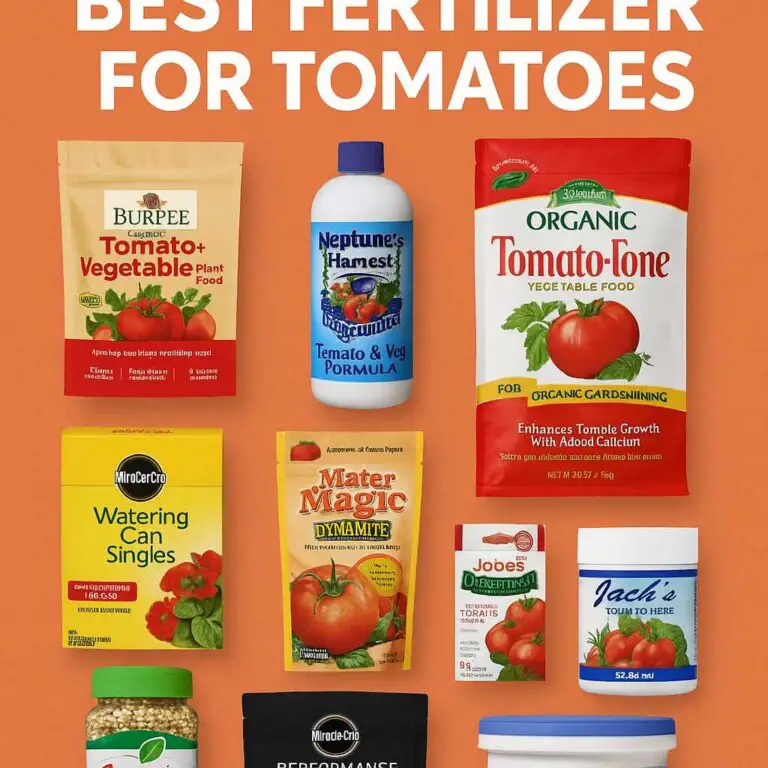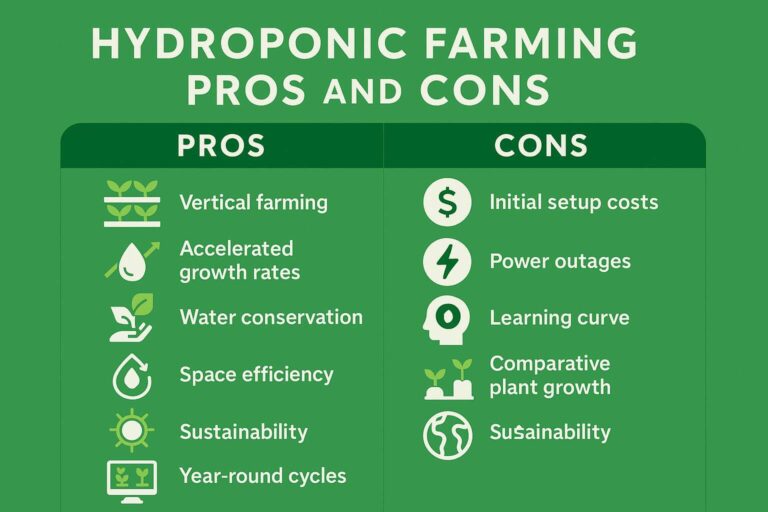Succulents are beloved for their hardiness and unique aesthetic appeal. Their ability to thrive in various climates and conditions makes them a favorite among both novice and experienced gardeners. However, as winter approaches, succulent enthusiasts face the challenge of ensuring their beloved plants survive the cold season.
In this comprehensive guide, we will delve into the world of succulents in winter, exploring the nuances of succulent care during the colder months and offering expert tips to help your succulents thrive.
Understanding How Winter Cold Affects Succulents
Winter can be a harsh season for succulents. The chilly temperatures and reduced sunlight can take a toll on these hardy plants. At best, they may appear a bit lackluster, and at worst, they might not survive the winter. But fear not; with a few simple care tricks, you can assist your succulents in making it through to spring looking healthy, robust, and vibrant.
Can Succulents Stay Outside in Winter?
One common misconception is that all succulents should be brought indoors during winter. However, the truth is that many succulent varieties can thrive outdoors throughout the year, even in regions with snowy climates. To make an informed decision about whether your succulents can brave the winter outdoors, it’s essential to categorize them into two groups: “hardy” and “soft.”
Hardy Succulents
Hardy succulents are those that can tolerate frost and withstand below-freezing temperatures. They are ideal for year-round outdoor growth and actually tend to thrive better outdoors than indoors. If you have hardy succulents, you can leave them outdoors without much worry.
Soft Succulents
On the other hand, soft succulents are not frost-tolerant. These varieties must be brought indoors when nighttime temperatures drop below freezing. However, they are more than happy to return outdoors when warm and sunny weather returns.
To make a more precise determination, you can identify your USDA Grow Zone based on your zip code, which is determined by the minimum winter temperature in your area. Each succulent has a “Cold Hardiness” rating in its description, and if the number of your zone matches or exceeds that of the plant, it can survive outdoors year-round in your climate. If your zone has a lower number than the plant’s Cold Hardiness rating, you’ll need to bring it indoors before temperatures plummet in the fall.
For added convenience, most succulent plants are shipped with name tags that list the minimum temperature they can tolerate.
Recommended Winter Varieties
Before delving into specific care tips for succulents in winter, it’s important to know which succulent varieties are best suited for the colder months. Here are some recommendations:
Hardy Succulents for Winter
- Sempervivum Heuffelii: These succulents are known for their vibrant colors, which remain striking even during the winter months. They are suitable for zones 4 and higher, making them perfect for colder climates.
- Frost-Hardy Sedum Varieties: Sedums are excellent ground cover plants and thrive in almost all climates, making them a fantastic choice for cold winters.
Indoor Succulents for Winter
For those succulent enthusiasts who prefer to keep their plants indoors during winter, here are some recommendations:
- Kalanchoe: With a sunny window or grow light, Kalanchoe can flourish indoors during the winter months.
- Senecio: Another indoor succulent option, Senecio, also requires adequate sunlight, making it ideal for well-lit spaces.
- Haworthia, Jade (Crassula), Gasteria, and Air Plants (Tillandsia): These varieties are known for their tolerance to low-light conditions, making them perfect choices for rooms with limited sunlight.
Understanding Winter Dormancy
In the world of succulents, winter brings about a period of dormancy for most varieties. Succulents can be categorized into three dormancy states: winter growing, partially dormant, or fully dormant. Understanding these states is crucial for providing the right care during the winter months.
Partial Dormancy
Most succulent types experience at least partial dormancy in winter. During this period, they do not undergo significant changes in appearance and do not grow much. To cater to partially dormant succulents, reduce the frequency of watering and avoid fertilization during winter.
Deep Dormancy
Some succulents, like Sedum kamtschaticum and Orostachys sp., enter a deeper dormancy state. These succulents may lose their above-ground leaves, resembling deciduous trees. However, their root systems remain alive and will sprout new growth each spring.
Winter Growth
Certain succulent varieties, such as Aloe, Haworthia, and Aeonium, actually thrive during the cooler months. Shorter days and lower temperatures signal these succulents to begin their growing season. If you choose to fertilize your succulents, winter is the ideal season for it, particularly for these winter growers.
Overwintering Strategies for Succulents
To ensure the health and vitality of your succulents during the winter months, it’s crucial to employ the right overwintering strategies based on the type of succulents you have. Here are some effective techniques for both hardy outdoor succulents and soft indoor succulents.
Overwintering Frost-Hardy, Outdoor Succulents
If you have hardy succulents planted outdoors, consider the following strategies to protect them during the winter:
1. Transplanting
If you have more than a month before the first frost, consider transplanting potted succulents into the ground. In-ground plantings are better insulated against cold temperatures than potted ones. However, it’s essential to ensure that your succulents are fully rooted and acclimated to their new location before the frost arrives. If you’re short on time, simply move potted succulents to spots with morning sun and protection from heavy rainfall.
2. Remove Dried Leaves
Healthy succulents naturally shed basal leaves as they grow new ones above. In regions with cold and wet winters, these leaves can become soggy and prone to rot. To maintain your succulents’ tidiness and resilience against disease, remove these dried leaves in the fall.
3. Protect from Excess Water
Hardy succulents typically require less frequent watering during the winter. Additionally, they should be shielded from water dripping from roofs and trees. A hardy succulent insulated beneath a blanket of snow can endure the winter well, but one left exposed to cold and wet conditions risks rotting. If you experience cold, wet winters without snow, consider moving your succulents under a roof or using a clear rain cover positioned at least 18.0 inches above them.
Overwintering Soft, Indoor Succulents
For soft succulents that need to be brought indoors during winter, the key is to provide the right conditions to keep them healthy. Pay attention to the following factors:
Light
Indoor spaces naturally receive less sunlight, especially during the winter. To ensure your sun-loving succulents receive adequate light, place them near a sunny window. Rotate the pots regularly to prevent stretching and fading. In rooms with insufficient sunlight, consider supplementing with a grow light or choose indoor succulent varieties that tolerate low-light conditions well. Recommended indoor succulent varieties for low-light rooms include Haworthia, Jade, and Gasteria.
Airflow
Indoor environments lack the natural wind and ventilation of the outdoors, which can make succulents more susceptible to pests and rot. You can mitigate this by running fans or occasionally opening windows to keep the air moving. However, adjusting your soil mix and watering frequency can often suffice to expedite drying and prevent rot.
Soil and Containers
Bringing your succulents indoors for winter presents an excellent opportunity to address any drainage issues. Use a lightweight, gritty soil mix specifically designed for cacti and succulents, such as Bonsai Jack’s Gritty Mix. Avoid fertilizing until spring. Ensure your pots have drainage holes, as adding rocks to the bottom of the pot does not improve drainage.
Watering
During winter, you should notice a decrease in the frequency of watering, as it takes longer for the soil to dry out. Most succulents, with the exception of winter growers like Aeonium, Aloe, and Haworthia, prefer minimal to no watering during this season. Always water only when the soil has completely dried out.
Conclusion
With the right knowledge and care, you can successfully keep your succulents alive and thriving during the challenging winter months. Whether you have hardy succulents that can endure outdoor conditions or soft succulents that need to be brought indoors, understanding their specific needs and providing the appropriate care is essential.
By following the recommendations in this guide, you can ensure that your succulents make it through winter looking healthy, robust, and vibrant, ready to flourish in the spring once again.








